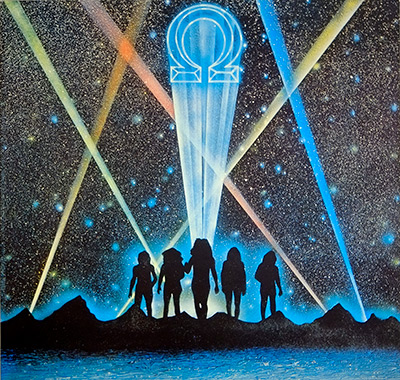In the heart of the progressive rock era, a groundbreaking album emerged that pushed the boundaries of both musical exploration and audio technology. Released in 1973, Omega's third album, simply titled "Omega III," was a sonic journey that embraced the then-novel concept of quadrophonic sound.
Historical Context
The early 1970s marked a period of immense creativity and experimentation in the music industry. Progressive rock bands were at the forefront of this movement, crafting complex compositions, incorporating diverse instrumentation, and delving into lyrical themes that often touched upon social and philosophical issues. Omega III was a product of this fertile ground, emerging as a testament to the band's willingness to push the boundaries of their art.
Musical Exploration
Omega III showcased the band's mastery of progressive rock. The album featured intricate arrangements, extended instrumental passages, and a dynamic range that kept listeners engaged throughout its entirety. Tracks like "Time Robber" and "200 Years After the Last War" exemplified the band's ability to blend rock sensibilities with elements of classical, jazz, and even folk music. The album's lyrics often touched upon themes of time, war, and social commentary, further enriching the listening experience.
Quadrophonic Sound: A Sonic Revolution
One of the most notable aspects of Omega III was its embrace of quadrophonic sound. Unlike traditional stereo recordings, which utilized two channels, quadrophonic sound employed four channels to create a more immersive and enveloping listening experience. This innovative approach allowed for a greater sense of spatial awareness and depth in the music. While quadrophonic sound ultimately failed to gain widespread adoption, it remains a fascinating chapter in the history of audio technology.











